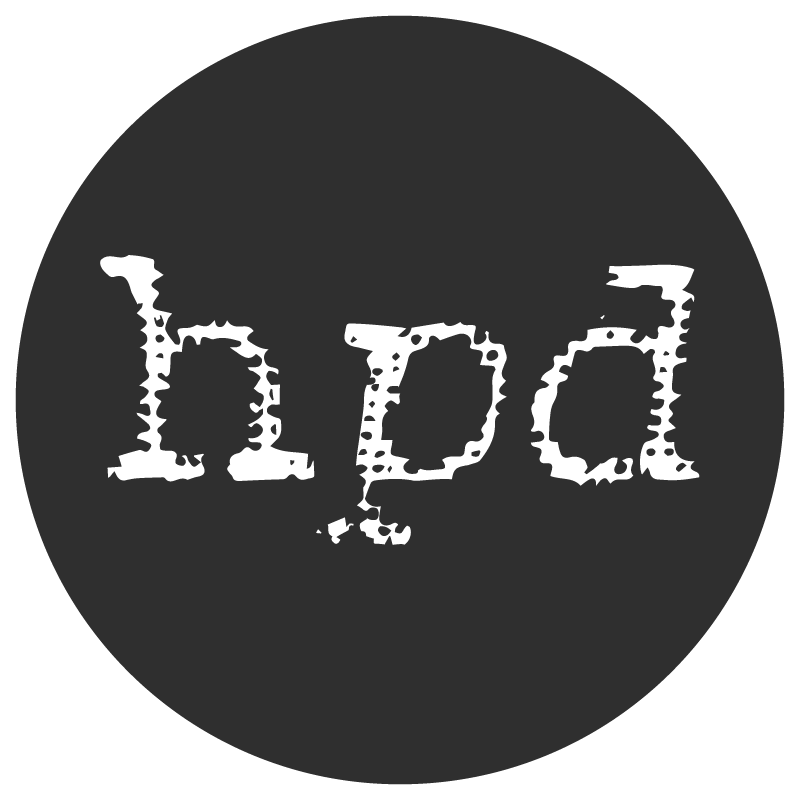From December 16-18, 2013 an Italian-German workshop, “Da Hegel ad oggi. Sviluppi della riflessione estetica tedesca e italiana dopo la morte dell’arte. / Von Hegel bis heute. Entwicklung der deutschen und italienischen Ästhetik nach dem Ende der Kunst,“ was held in Rome (see our previous post – link). Prominent philosophers and young researchers participated in the workshop and delivered talks mainly focused on the end of art and its developments after Hegel.
All contributions will be collected in a volume that will be published in German by Wilhelm Fink Verlag and in Italian by a publisher, yet to be determined.
We are pleased to host the abstracts of some of the conference talks on our website.
We continue the series with the abstract of Professor Markus Ophälders, Morte dell’arte e distruzione dell’aura. Ambivalenze del finire.
Previous entries:
***
Markus Ophälders
The End of Art and the Destruction of the Aura. Ambivalences of the Ending
Abstract:
Both Hegel and Benjamin have to cope with the end of an epoch. The phenomenon of ending yet represents a threshold: on the one hand it separates, on the other it unifies. Thus, both the end of art and the destruction of the aura are ambivalent constellations. The former represents the construction of a reliable tradition, which historically has come to an end, while on the theoretical level remains effective as present memory. The latter represents the attempt to turn the decline of the cult value of art into a positive politically relevant factor, while the cultural elements are regarded as a promise of happiness, be it in the traditional art works or in the fetish character of wares. Hegel states that there will never be anything more beautiful than classical art, but a higher form of art only. This means that in the latter both consciousness of the end and memory and internalization are involved. Modernity recognizes itself in classical art as a sort of remembering the future, which is a unique apparition from a distance and thus auretical. Such a relationship between present and past, repetition and uniqueness, is possible because Hegel conceives of beauty as generated and even regenerated by the spirit. Thus the latest form of art represents modern beauty as a utopian dialectic image within a sort of “dialectic of immobility”, which can be considered as Benjamin’s translation of Hegelian dialectic. This form of utopian beauty is possible only in case death or a real ending have occurred. Yet, modernity is characterized by the ambivalence of the will to end and by the incapacity to achieve it. Both Hegel’s and Benjamin’s ambivalences are expressions of this situation. Thus, in the relationship between classical or auretical art and modernity the necessity of a new form of aura grows in order to cope with modern barbarism both in art and in politics.
Markus Ophälders is Professor of Aesthetics at the University of Verona. Some publications: Dialettica dell’ironia romantica, Bologna 2000; Costruire l’esperienza. Saggio su Walter Benjamin, Bologna 2001; Romantische Ironie, Würzburg 2004; Labirinti, Milano 2008; Filosofia arte estetica, Milano 2008; Auswege sind Umwege, Würzburg 2012.
Printable Version
